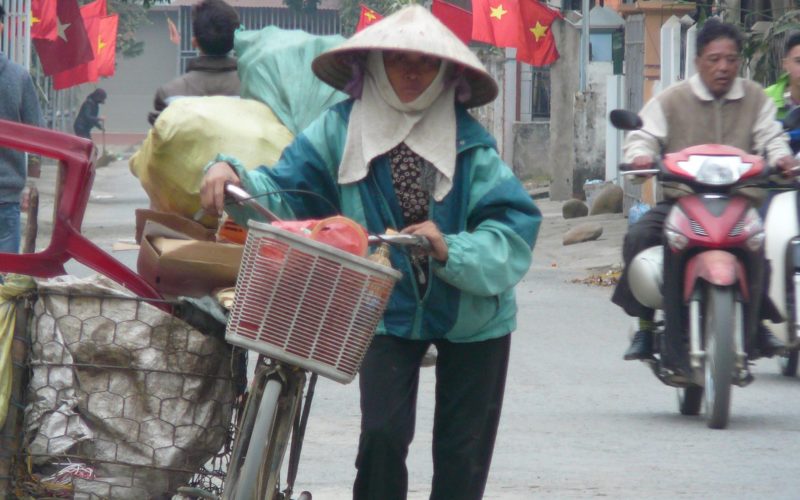When visiting Southeast Asia, one may notice a distinctive type of headgear worn by farmers, shop-keepers, and just about anybody else. From China in the North to Indonesia in the South; Burma in the West to the Philippines in the East; the conical hat is widely used.
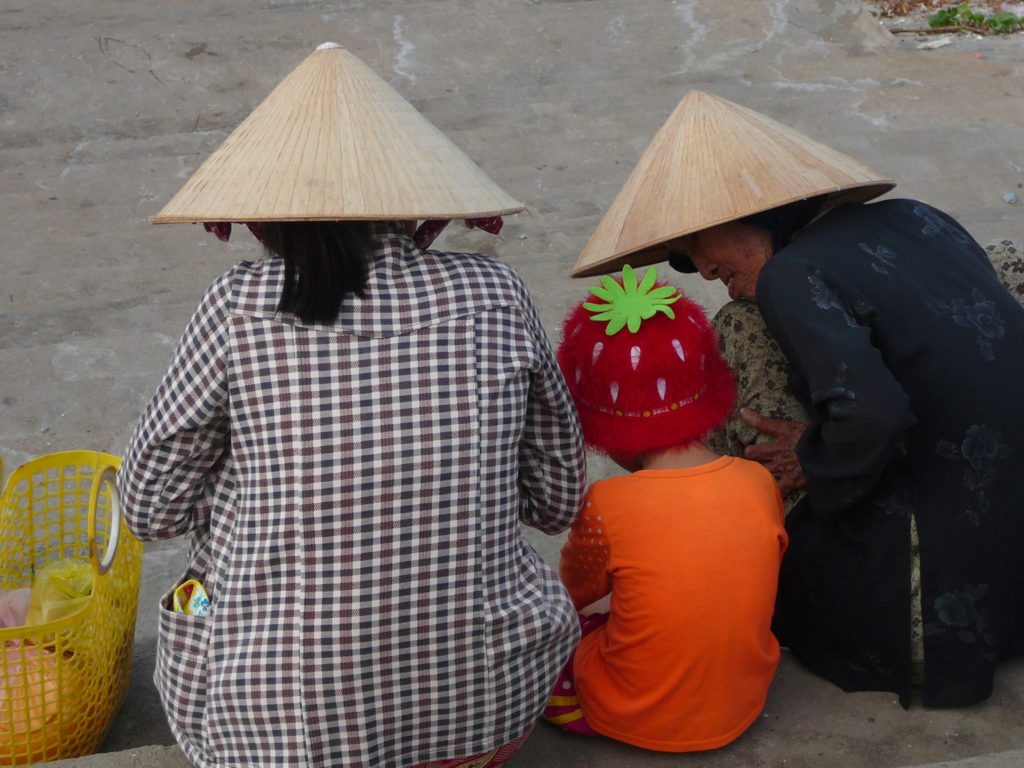
Each country has their own variation and their own name for it: sedge hat, rice hat, coolie hat or paddy hat, comes to mind. The hat serves as protection from sun and rain, and is usually kept on the head by a cloth (often silk) chin strap.
The hat is perfect for tropical countries that only have rainy season and dry season. During the rainy season, it will serve as an umbrella that will protect your head from the rain, and during the dry season, it will serve as a canopy that will provide shade from the hot sun, since it covers circularly around the head to the shoulders.
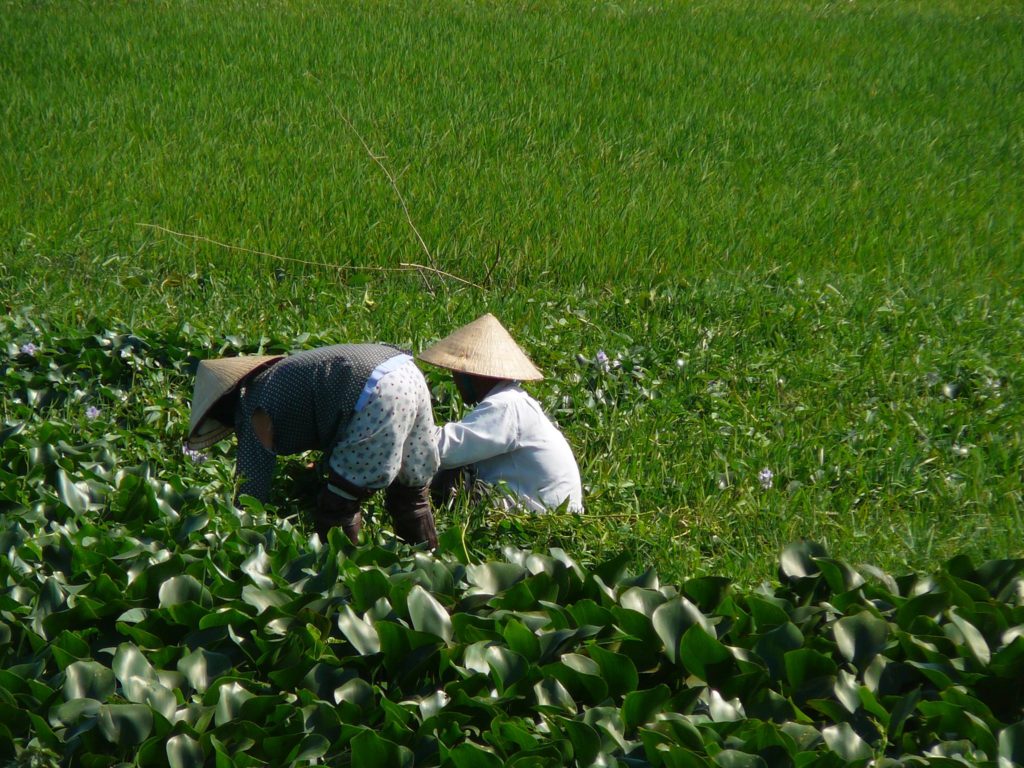
In Vietnam, the conical hat has become a part of the national costume. The Vietnamese hat, known locally as Nón lá (leaf hat), is a quintessential Vietnamese icon. Nón lá made its first appearance over 3000 years ago and has many variations.
Recognizable at one glance, the conical shape of the hat has been used by farmers, labourers and even ordinary men and women. There are more than 50 different types of conical hats in Vietnam: for men, women, children, Buddhists, army, rich people and so on. It is also fashionable!
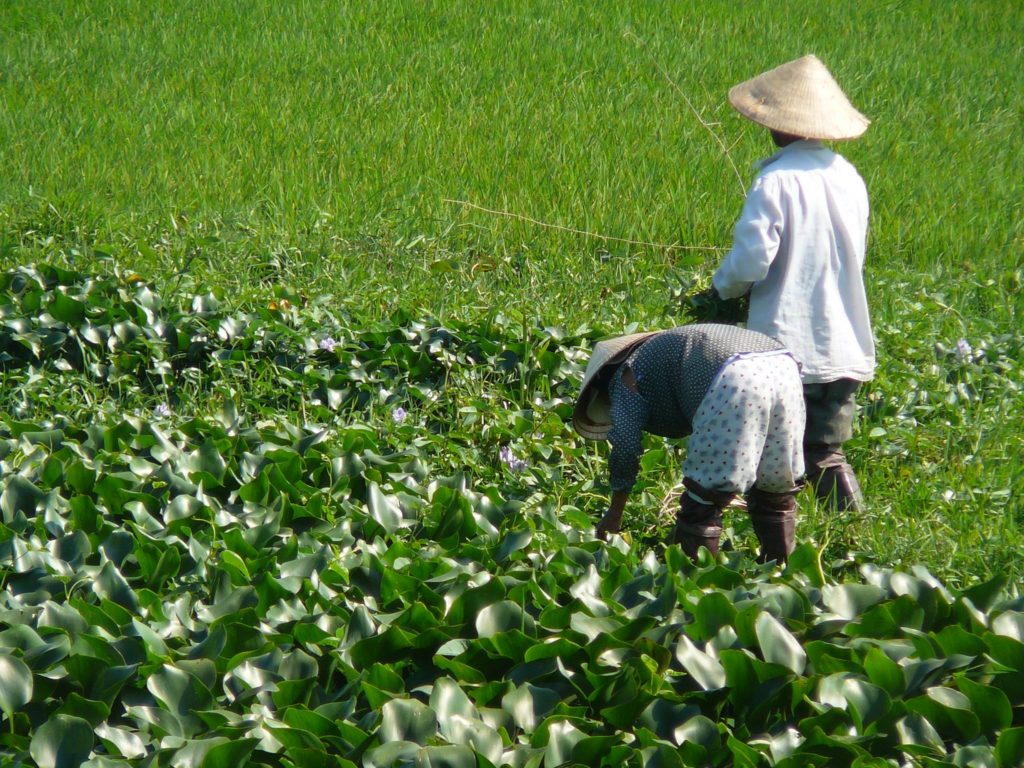
In Hue, the ancient capital and birthplace of many famous and talented poets, the nón bài thơ (literally: poem conical hat) is decorated with random verses from pieces, romantic characters and beautiful images of Hue. Those ornaments and decorations can only be seen when being exposed under the sunlight.
Nón lá has been widely used in Vietnamese daily life. It can serve as a sun proof, a basket for women going to market, a fan for a ploughman in hot summer days and even as a bowl to relieve the thirst when passing by a well. Romantically, young couples can veil their kisses behind this traditional conical hat during their dates.
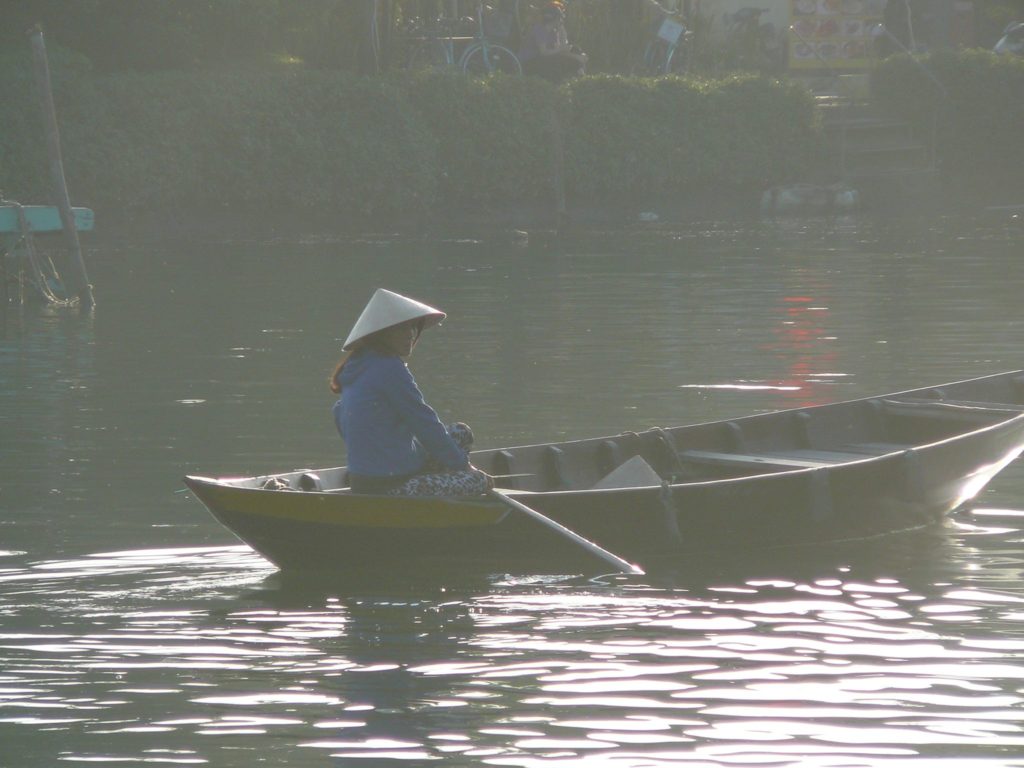
Nón lá is also an object which, as part of the national spirit, closely links Vietnamese people. So many travellers enjoy taking a Nón lá as a special souvenir from Vietnam.
Like many traditional costumes of Vietnam, Nón lá‘s origin comes from a legend related to the history of rice growing in the country. According to this legend, once upon a time, a giant woman wearing on her head four huge round leaves as large as the sky itself and stitched together by bamboo sticks descended from the sky. The leaves protected humankind, then still naked, from the rain.
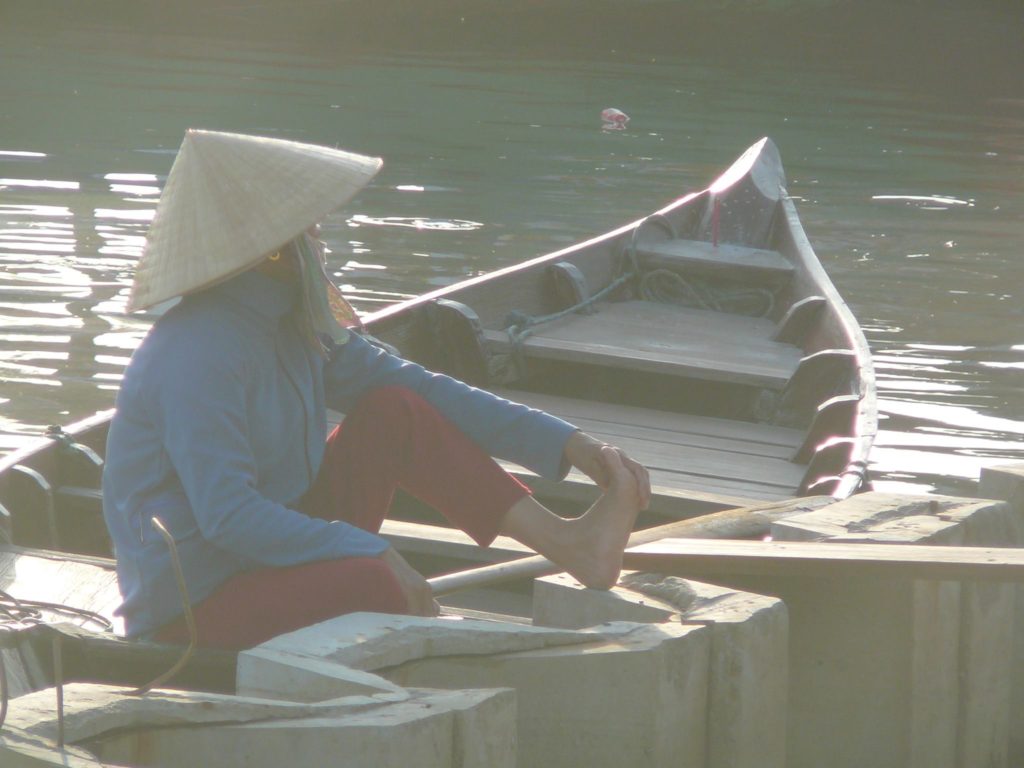
The weather would always become favorable wherever she appeared. She also taught many people how to grow crops, plant trees and vegetables. One day the woman disappeared all of a sudden, ascending into heaven. After the goddess was gone, Vietnamese built a temple in her memory and honoured her as the Rain-shielding Goddess. Ever since, following her example, people start stitching palm leaves together on a bamboo frame to protect themselves from the rain and the sun.
The hat is creatively made of available materials, such as dry palm leaves, bark and bamboo. Being created with these simple materials, it is surprisingly durable and sturdy.
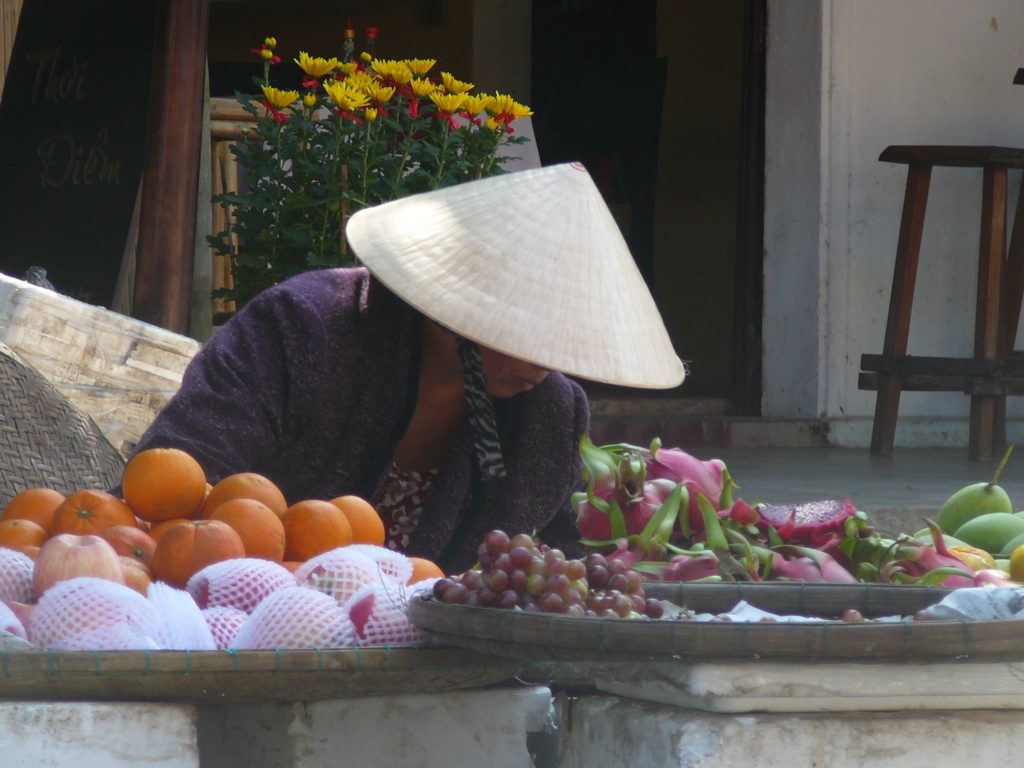
Located 30 km South West of Hanoi the village of Chuong is famous for its handmade Nón lá. On the 4th, 10th, 14th, 20th, 24th and 30th days of every lunar month, people from neighbouring provinces gather in the village’s market held for
trading activity. The market day starts at 6.00 AM and lasts for around two hours. Only hats and their materials are sold at the market. Materials for making conical hats are gathered from many areas across the country: silk thread from Trieu Khuc village in Hanoi, bamboo to make a wooden frame for the hats from the Hoa Binh and Thanh Hoa provinces, palm leaves from the Quang Binh province.
After being carefully selected, young green palm leaves are displayed under the sun until they dry but are still soft enough to be flattened. The stronger the sun the whiter the palms will become. Before using the palms, makers expose them briefly to sulfur to make them whiter and to preserve the color. Finally, before using them, they are exposed to frost to make them soft, then split and ironed. Afterwards, the leaves are sewn on a conical frame consisting of 16 round bamboo rims. Finally, the hat is trimmed and lightly coated with oil of turpentine to avoid becoming mouldy in damp or rainy weather.
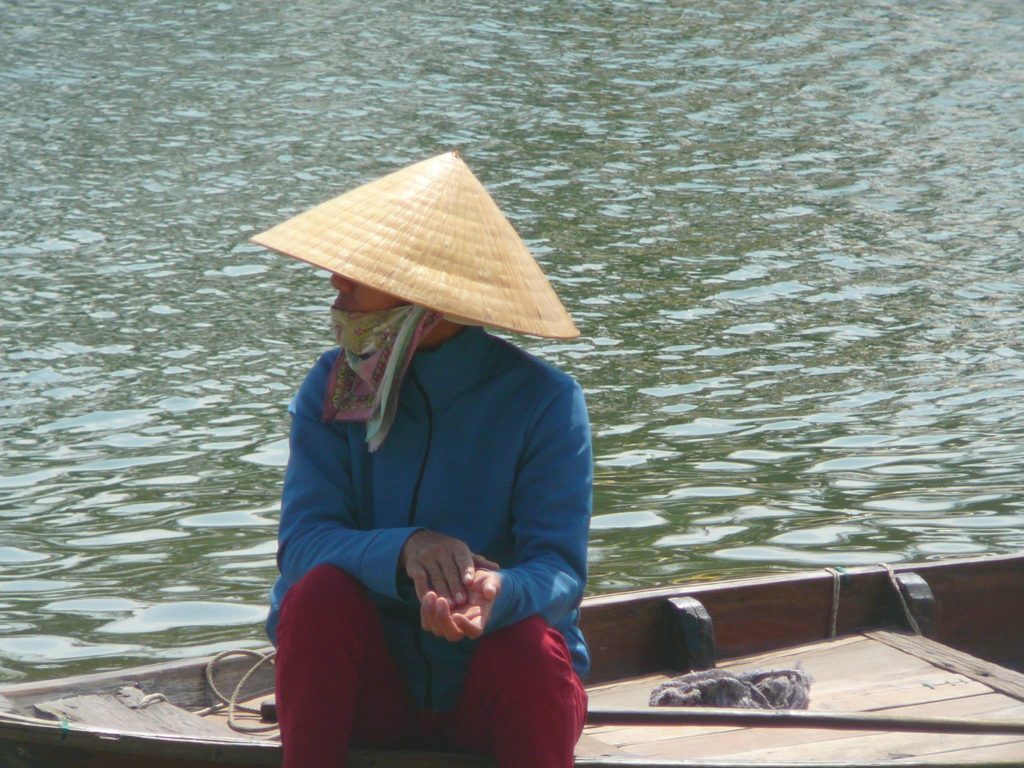
Chuong villagers have their own pride for making the famous conical hat. It is said that the craft has been handed down through generations in the village for hundreds of years. According to the elders, the quality of the village’s products was recognised long ago in a folk song: “Whoever wants a beautiful conical hat can come to Chuong village”.
Egle Špatkauskaite joined World Wide Travellers a bit before our first yearly meeting in 2017, but she has been a member by heart for a much longer time. Based in Tallinn, where she hosts fellow travellers in the cosiest hostel of the city, she spends all her holidays exploring new locations, and living as close to the locals as she possibly can.
